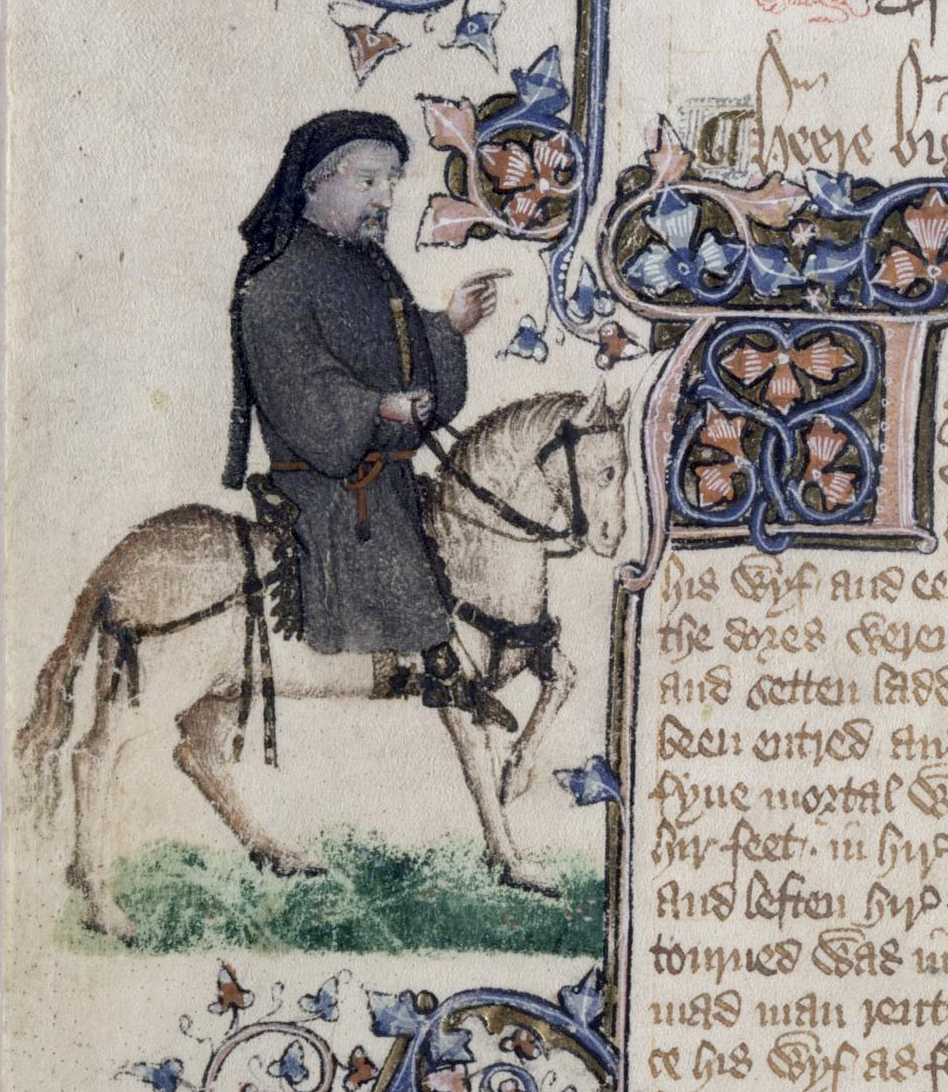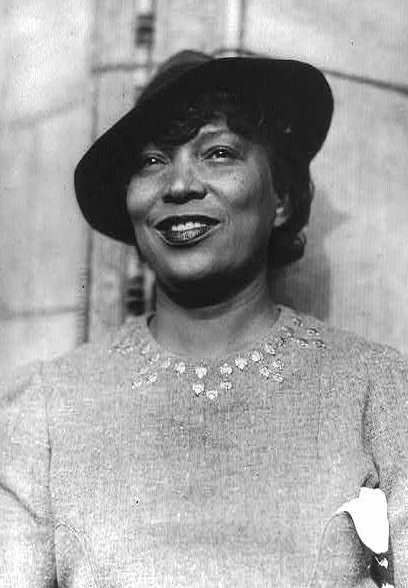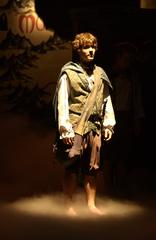 |
The hand of Sauron, wearing the One Ring. 2005,
Author Katie Tegtmeyer. |
Through the world of books, a reader can experience many things without leaving the comfort of their favorite chair. A book can take a reader to Phuket, Bath, or St. Louis. While reading, a person can meet new people, or imagine what it would be like to skydive, engage in espionage, or both at the same time.
Literature is far more important for another reason; it can guide a reader’s moral compass. Since long ago when fables and parafables were popular, literature and ethics were entwined. Stories like “The Tortoise and the Hare” and “Prodigal Son” explain to the reader life lessons in a simplistic way, much like the Bible. Somewhere along the years, literature and ethics began to part ways.
According to Adia Mendelson-Maoz, the divide between ethics and literature began in the times of Aristotle and Plato, continuing on through the first half of the twentieth century, (112). Mendelson-Maoz takes a quote from writer Oscar Wilde in his preface to The Picture of Dorian Gray, which sums up the feelings echoed throughout the academic community about linking literature and ethics: “There is no such thing as a moral or immoral book. Books are well written, or badly written. That is all.”
Times have changed yet again, and the parallelconcerning literature and ethics has seen a revival. James Adamson writes, “Although literature and ethics have different methods, strategies, and goals, they are both forms of writing which deal with human lives; they both can be viewed as models of moral attention” (92–93). There are many books that include ethics or morals as part of the story. In Stephen King’s novella The Body, the reader understands why the lead character Gordy feels it best to leave the body ‘unclaimed’ by either group; it is a question of what is really right and what is really wrong. Flashfoward by Robert J. Sawyer takes the reader through a world where fate does not govern all. Sawyer’s story illustrates to the reader that the future can be changed, based on our own actions and choices, right or wrong as those choices may be. Another perfect example of moral themes found in literature would be The Lord of the Rings (or LOTR). J.R.R. Tolkien’s three story arc is set in a fantastical world beyond the imagination of many, and yet, he still manages to convey moral concepts in each part of LOTR, many of them found in The Fellowship of the Ring.
Part one of LOTR, The Fellowship of the Ring, features many themes. None are as present as the theme of pity and mercy in the face of death. While Gandalf the Grey wizard is explaining to Frodo Baggins the origins of how the Ring came to rest in his fate, he describes the story of the creature Gollum. Gollum had the ring for 500 years, but the Ring chose to leave him. By chance, Bilbo Baggins finds the ring in Gollum’s cave and takes it for his own. Bilbo had the chance then to kill Gollum, who was a deranged and dangerous creature. Frodo wonders aloud at why his uncle did not, and he says to Gandalf, “What am I to do? What a pity that Bilbo did not stab that vile creature, when he had the chance!" Those words spark a conversation between the two that is as follows:
“Pity? It was Pity that stayed his hand. Pity, and Mercy: not to strike without need. And he has been well rewarded, Frodo. Be sure that he took so little hurt from the evil, and escaped in the end because he began his ownership of the Ring so. With Pity.”
“I am sorry,” said Frodo. “But I am frightened; and I do not feel any pity for Gollum.”
“You have not seen him,” Gandalf broke in.
“No, and I don’t want to,” said Frodo. “I can’t understand you […] after he did all those horrible deeds […], he deserves death.”
“Deserves it! I daresay he does. Many that live deserve death. And some that die deserve life. Can you give it to them? Then do not be too eager to deal out death in judgment. For even the very wise cannot see all ends. I have not much hope that Gollum can be cured before he dies, but there is a chance of it. And he is bound up with the fate of the Ring. My heart tells me that he has some party to play yet, for good or ill, before the end; and when that comes, the pity of Bilbo may rule the fate of many---yours not least.”-(Tolkien, 68-69).
Gandalf’s words suggest that a higher power may be at work, as he puts it “for good or ill". Even though Gollum is a reprehensible creature (a thief, traitor, and murderer), to decide his death or the death of others is not necessarily up to one person to deliver. Judgment in death must never be decided lightly, or (maybe as Tolkien believed) by human beings at all.
One of the recurring moral themes in The Fellowship of the Ring is the idea of temptation, and corruption from power. Several characters are offered the chance to have the Ring for themselves and do with it what they want, characters like Gandalf, Elrond, Tom Bombadil, Aragorn, and Galadriel. Though they may desire it, they do not accept the Ring because they know it has only the power to destroy.
Elrond is a very old elf, and saw the destruction Sauron wrought with the Ring during the Great War. For this reason, and others, he does not take the Ring. Men are easily drawn in by the power of the Ring; Aragorn almost could not resist Frodo’s offer to take the Ring from him. Aragorn is a hero of the story and displays more moral fiber than most, therefore he decides rather easily not to take the Ring.
 |
Depiction of "Rivendell": Jardim Tropical Monte Palace in
Funchal, Madeira. 2009, Author Tim Walker. |
One of the members of the Fellowship has a harder time withstanding the call of the Ring: Boromir of Gondor.
From the very beginning of the quest, he thinks the Ring can be used as an instrument of good. He believes that it might save his kingdom, Gondor, from ruin. At the end of The Fellowship of the Ring, he tries to physically take the Ring from Frodo. But Frodo is able to escape. Later, Boromir is asked to help the two Halflings Merry and Pippin from a group of Uruk-hai. Perhaps because it was meant to be, or perhaps because Tolkien wanted to show that giving into temptation brings dire consequences, Boromir is slain while defending Merry and Pippin. One could argue that he sought repentance in trying to save the two Hobbits. Either way, Boromir’s moral compass led him astray and with his death, he may have been able to find redemption.
The Fellowship of the Ring is full of moral themes, such as pity and mercy, judgment in death, temptation, and redemption. However, LOTR is not the only story worth analyzing for ties of literary and moral themes. Ford Jameson believes that “every text contains traces of social, political, and ethical issues, whether in an overt form, or unconsciously.” Whether delving into a romance novel or science fiction, elements of ethics are bound to be identified. There does not have to be a separation between ethics and literature. Ethics and literature naturally go together, and that is not a bad thing. Literature is a kaleidoscope of knowledge, rife with teachings about every facet of life. Ethics has found a niche in literature (again), whether some agree with its place or not.
Works Cited
Adamson, James. Against Tidiness: Literature and/Versus Moral Philosophy. Cambridge: Cambridge University Press, 1998. Print.
Jameson, Ford. The Political Unconscious. Ithaca, New York: Cornell University Press, 1981. Print.
Mendelson-Maoz, Adia. “Ethics and Literature: Introduction”. Philosophia 35 (2007) 35:111–116. Web. 25 Aug. 2011.
Tolkien, J.R.R. The Lord of the Rings, Part One: The Fellowship of the Ring. Toronto: Methuen, 1971. Print.










